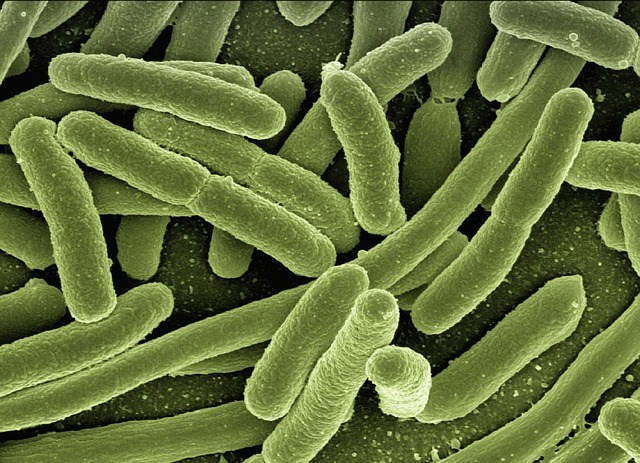Source: The Rockefeller University News
No living thing on Earth is safe from danger, not even bacteria. Phages, which are viruses that feed on bacteria and enter cells to multiply and take control, are among their most dangerous enemies. Although bacteria have developed a variety of defence mechanisms against these illnesses, it has long been unclear how they identify a threat among themselves.
Now researchers in the Laboratory of Bacteriology at The Rockefeller University have discovered that bacteria sense phages via a defensive response called CBASS that detects viral RNA—findings that one day may help counter the threat of antibiotic resistance.
The findings were published in the Nature Journal.
How CBASS is activated by phage infection has been a big unknown in our field for many years.
Until now, no one has understood what triggers the bacteria to initiate the CBASS immune response
Luciano Marraffini
Kin across distant domains
Direct adaptation from the press release
Some core immune functions are shared across distantly related domains of life, from eukaryotes (organisms with a membrane-bound nucleus) like mammals, plants, and fungi to prokaryotes (those without such membranes) like bacteria and archaea. These immune responses must’ve evolved early in the existence of life.
One conserved characteristic is a viral sensing mechanism that relies on a specialized enzyme known as a cyclase. In animals, it’s called cGAS (cyclic GMP-AMP synthase). In bacteria, cGAS-like cyclases are central components of the CBASS (cyclic oligonucleotide-based antiphage signaling system) immune response. Both were only discovered in the past decade.
CBASS cyclases are thought to be ancient ancestors of cGAS,
Dalton Banh
But there are some differences. In an infected animal, cGAS senses viral DNA in the cytoplasm, the gelatinous liquid in a cell that surrounds the nucleus; in an uninfected organism, DNA is confined within the nucleus. Its presence elsewhere signals that something is amiss.
However, because bacteria lack nuclei, they must take another approach. If CBASS reacted to the mere presence of DNA, it would result in rampant autoimmunity, or the bacterium attacking itself, Banh says.
That was the conundrum,” he says. “CBASS cyclases look a lot like cGAS, so they have to be sensing something. But what, exactly?
RNA seeker
In order to find out, the scientists at Sean Brady’s Laboratory of Genetically Encoded Small Molecules and their collaborators concentrated on the CBASS system in Staphylococcus schleiferi, a bacterium that is typically found in the mouths of dogs, cats, and other animals and has occasionally spread to humans.
Marraffini is a pioneer in the field of studying bacterial defense mechanisms, particularly CRISPR-Cas. His lab has amassed a large collection of Staph phages due to the range of Staphylococcus strains they have employed in their studies over the years. Banh tested each one to see whether it might be suppressed by CBASS. He zeroed down on a group of phages that the defense system had detected.
Next, co-first author Cameron Roberts, a Ph.D. student in the lab, meticulously tested a variety of molecules produced by either the bacterium or the virus, including DNA, RNA, and proteins.
It was very clearly viral RNA that was generated during infection.
So instead of sensing a DNA mislocalization, like cGAS does, CBASS senses a specific RNA structure. This specificity is amazing.
Cameron Roberts
They named the recently discovered, hairpin-shaped molecule CBASS-activating bacteriophage RNA (pronounced “cab-R-N-A” or, alternatively, “cabernet”). When the molecule attaches itself to the cyclase’s surface, messenger cGAMP is produced, which in turn triggers the CBASS immunological response.
There are similarities between this and the functioning of the same system in humans. Following the detection of viral DNA, cGAS also causes the synthesis of cGAMP, which stimulates the production of Type I interferons by the immune system. Researchers refer to the antiviral signalling system as cGAS-STING.
Journal Reference: Banh, D. V., Roberts, C. G., Berryhill, B. A., Chaudhry, W., Levin, B. R., Brady, S. F., & Marraffini, L. A. (2023). Bacterial cGAS senses a viral RNA to initiate immunity. Nature, 1-8. https://doi.org/10.1038/s41586-023-06743-9
Last updated:







